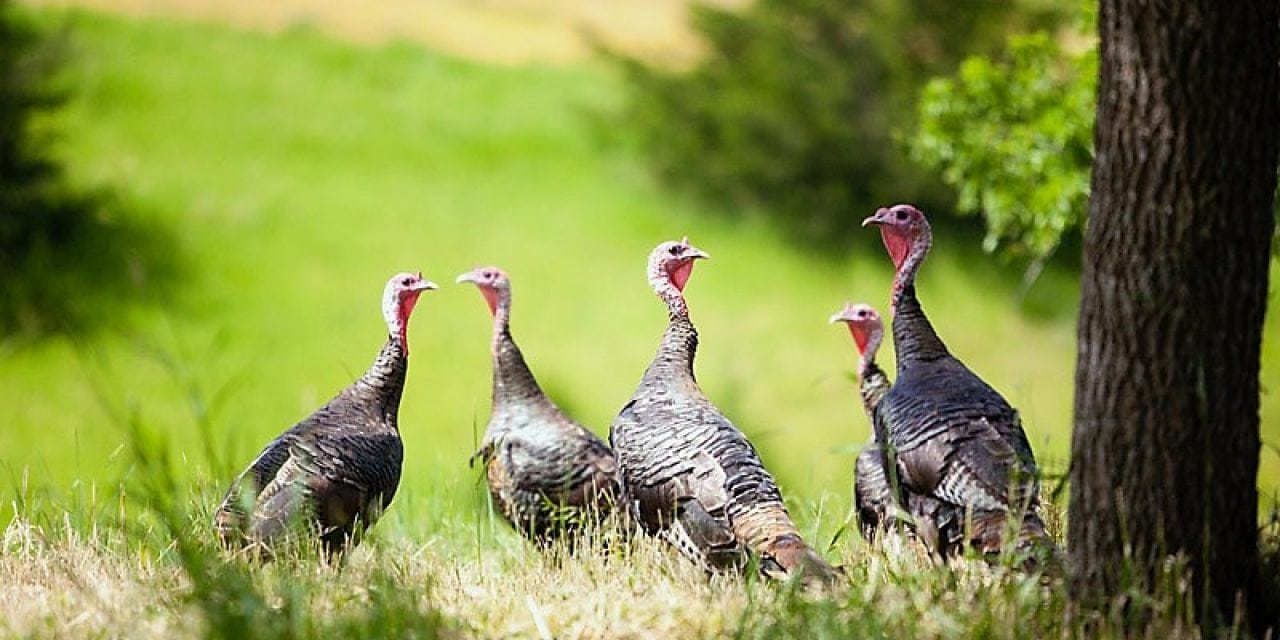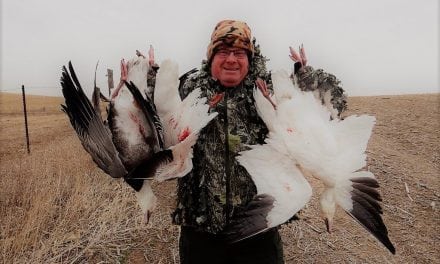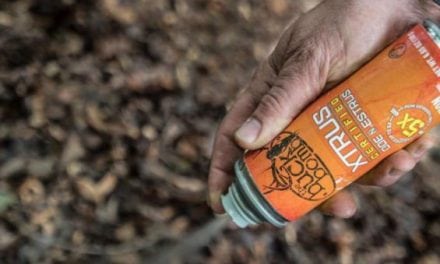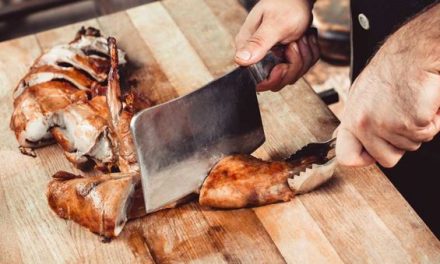Wild turkey hunting isn’t just a hobby for some of us, it is a passion. There is so much more to fall wild turkey hunting than just traipsing through the woods hoping to get a shot at a bird. From continually scouting the countryside to busting up flocks and calling them back together there are many action-packed aspects to fall wild turkey hunting. But, new fall turkey hunters often do not know where to find birds or how to hunt them, especially in Nebraska.
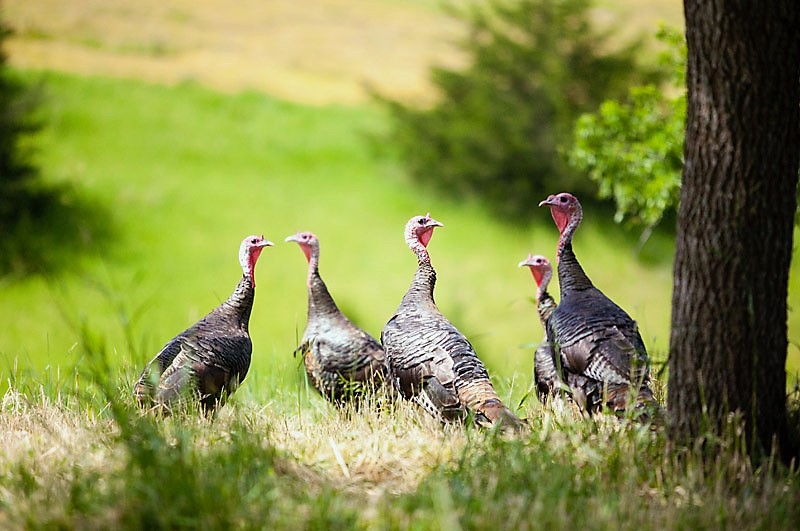
So, it is time to get serious about harvesting that Thanksgiving turkey for the roaster.
I have successfully hunted turkeys in the fall for years.
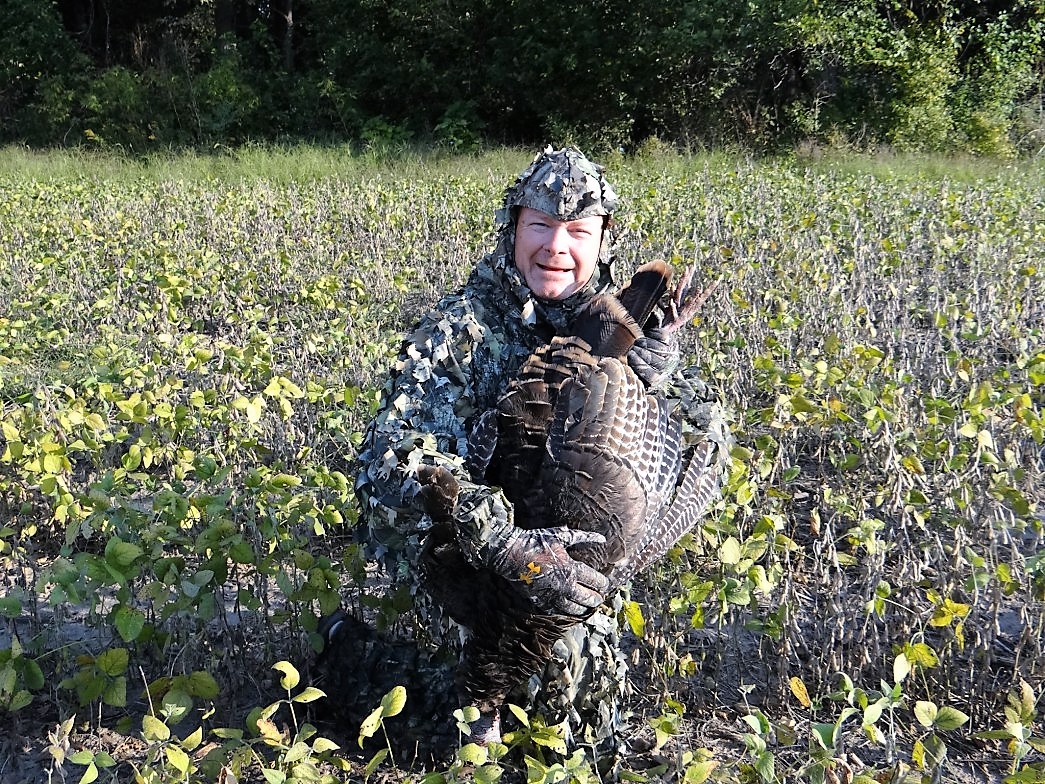
However, I thought it would be best to have some of the foremost wild turkey hunting experts in the Midwest share their top fall hunting tips with you. These folks took the time and effort to come up with useful insights to help those who have never pursued North America’s largest upland game bird in the fall season.
Here are the comments from those experts and note the common themes:
Dr. Jeffrey Lusk, ecologist, wildlife researcher, hunter, Upland Game Program Manager for the Nebraska Game and Parks Commission based in Lincoln, NE: There is not much competition in the field for fall turkey hunting. If you are deer hunter, buy a fall turkey permit because you will more than likely see the birds. When I work firearm deer hunting season check stations, I always have a lot of deer hunters tell me that they should have purchased a turkey permit since they saw good numbers of turkeys from their stands and blinds.
Mike Remund, longtime turkey hunter, long-serving Wildlife Biologist with the Nebraska Game and Parks Commission based at the Osage Wildlife Management Area near Tecumseh, NE: I normally just sit in my deer stand and wait for a turkey to come by, HA! But seriously, there are some crucial things that beginners should know about fall turkey hunting. Don’t depend on internet websites to find your hunting spot. They will send you in the right direction, but get out and personally scout areas. Put in your time. Look for roost trees and loafing areas in open wooded areas. Grazed woodlands are excellent places to find turkeys. Look for recently cut alfalfa fields. These fields still contain a lot of insects and provide good foraging areas. Also, don’t overlook other cut crop fields adjacent to wooded areas. Scout areas early in the morning. Hen turkeys and young of-the-year birds yard up in the fall and normally make lot of noise when coming off the roost. It is also not uncommon to still hear a tom gobble before leaving his roost. Calling is not a normal hunting practice in the fall, but it can work, especially if you break up or spook a family group or flock. Sometimes it is easy to call back younger birds. Be patient and pay attention to what the turkeys are doing at different times of the day. You may be able to pattern the birds and determine their daily routine.
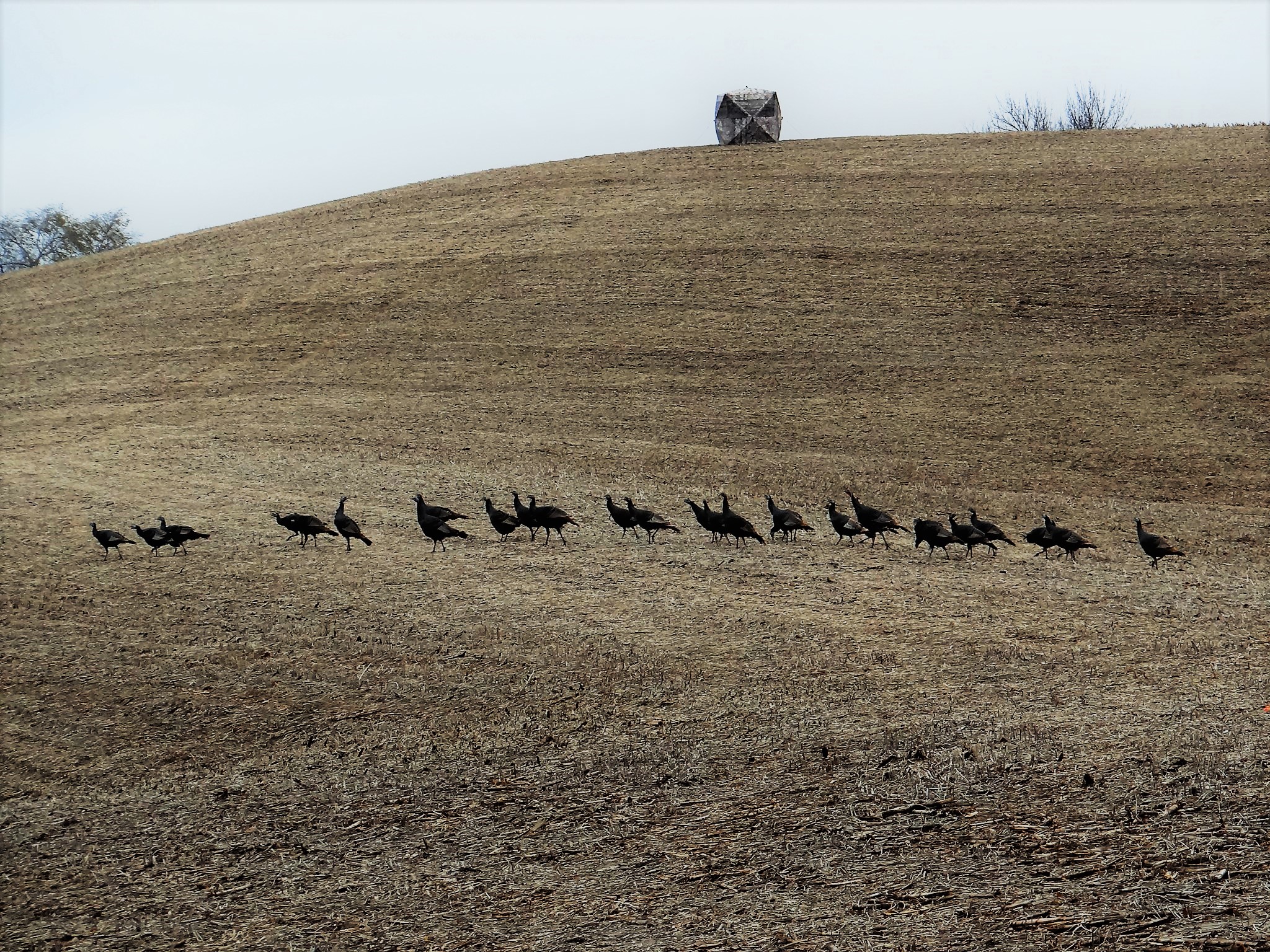
Jim Druliner, avid wild turkey hunter, Nebraska farm owner and hunting decoy manufacturer: Pattern the birds. Scout, glass, look, and listen for them. Use your game cameras, talk to your landowners and area wildlife biologists to find out about turkeys and turkey movement. If you see a group of gobblers moving through or feeding in a specific area yesterday and today at the same times, most likely they’ll be there tomorrow at the same time. It is a similar situation for hens and poults. Set up where and when you are consistently seeing them and be there the next day for an ambush. Early morning and late afternoon are the best times to listen in the fall because that is when the flocks are either leaving the roost and going to roost. Those two time periods are when fall flocks are the most vocal. Some call it the ‘chicken house effect’ as the flocks often sound like a hen house full of excited chickens. I also check areas where I have found the birds during mid-day preening their feathers with a dust bath. You’ll be quite surprised at how easily fall turkeys can be patterned. Let me additionally point out that you’ll need to think about what camo to wear and how quiet the camo will be in the woods. It’s important to try to match your camo to the surroundings, and that includes your blind. Proper concealment is critical in a fall turkey hunt.
Douglas Herman, champion turkey caller, custom nail turkey call maker and successful Nebraska wild turkey hunting guide: Fall wild turkey hunting is a challenge when you remove the allure of copulations and add eyes and ears of the whole flock. Calling turkeys in the fall is an entirely different ball game. In fact, you need to know the language of turkeys to be successful. The kee-kee and assembly yelping calls are musts to master. Challenging the boss or matriarchal hen and appealing to her maternal instincts are important calling sequences to know. Fall turkeys are by far way more vocal than spring birds. Locating the roost and their food source is important to fall hunting success. Setting up along travel corridors between the two will most likely yield you the white meat you seek. I personally love to carefully spot and stalk fall birds. Many eyes and ears make for an extreme challenge that can’t be matched by any other game bird.
Dick Turpin, veteran turkey hunter, turkey call maker, retired Administrator of the Nebraska Game and Parks Commission’s Law Enforcement Division: Generally, you’ll find wild turkeys in the same habitat where you find white-tailed deer in the fall. When you hunt turkeys during the fall season, you need to know their habits and where they are going to travel. Find out those things and then get in a spot, sit down, stay still and listen for a while. Those young birds in that jake, jenny, hen group are vocal and make quite a bit of noise coming down a trail so listen for them and mimic the calls they are making. I carry as many turkey calls as I can to respond and sound like a bunch of different turkeys. I like use my hen calls to try to attract a curious old hen or two from these flocks, too.
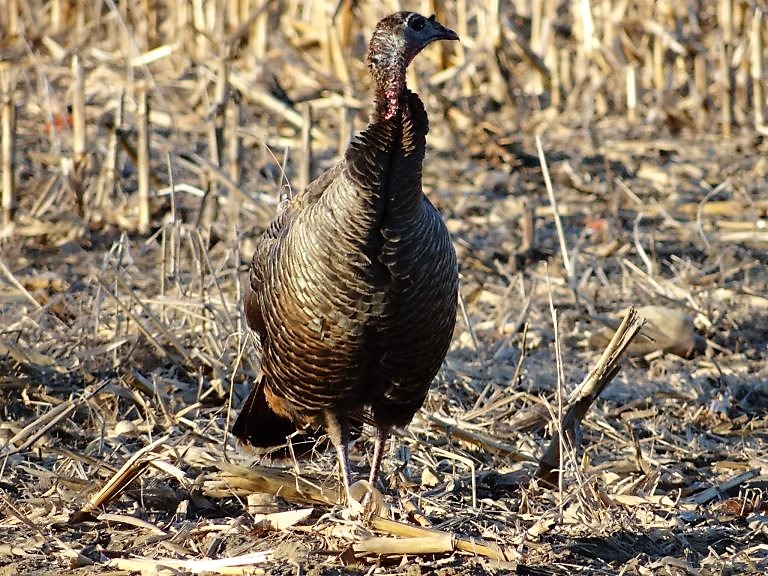
Rick Windham, ardent turkey hunter, firearms enthusiast and accomplished outdoor writer: There are more turkeys in the fall than any other time of the year. This means your chances of bagging a bird are the best it’s going to be. I routinely put out several decoys when I hunt in the fall and I believe they help my chances. Many times I have watched a flock move toward me and walk to my decoys. A few cluck calls from me can get the turkeys calling back as they approach and seem to want to absorb the decoys into their family group. One important note of caution: Since the birds are usually bunched up in flocks at this time of the year it is quite possible to hit more than one bird when you shoot. Take a few extra seconds to make sure nothing is near or behind your intended target before you pull the trigger. Another key point for fall turkey hunting is practicing how to use the sun and shadows. Think about the old western cowboy movies, every gunfighter wanted the sun at his back. It’s the same way in turkey hunting. If the sun is at your back, it is far easier for you to see the turkeys and more difficult for the turkeys to see you.
Ray Eye, professional, legendary wild turkey hunter, champion turkey caller, outdoor talk radio show host and one of our nation’s gurus for wild turkey hunting: Fall roosts are the best places to begin your fall hunt. Fall roost locations will remain the same each and every year if the habitat and food source does not change. The type of turkeys in a roost, will determine how you call. Always set up tight on a roost, way before first light and always set up on the same side or direction of the previous evening fly up. Listen for the first turkey to call, and then duplicate whatever the turkeys do, but with more enthusiasm. If turkeys yelp, you yelp; if they kee-kee, you kee-kee, work them up into a frenzy. Listen for fly down, once birds are on the ground, turn on your calling, pause as the turkeys sort out each other within the flock as they purr, putt and yelp, and then get your gun up. One of fall hunting’s greatest thrills on a frosty morning is a flock of aggravated very vocal turkeys marching right at you in the early morning light.
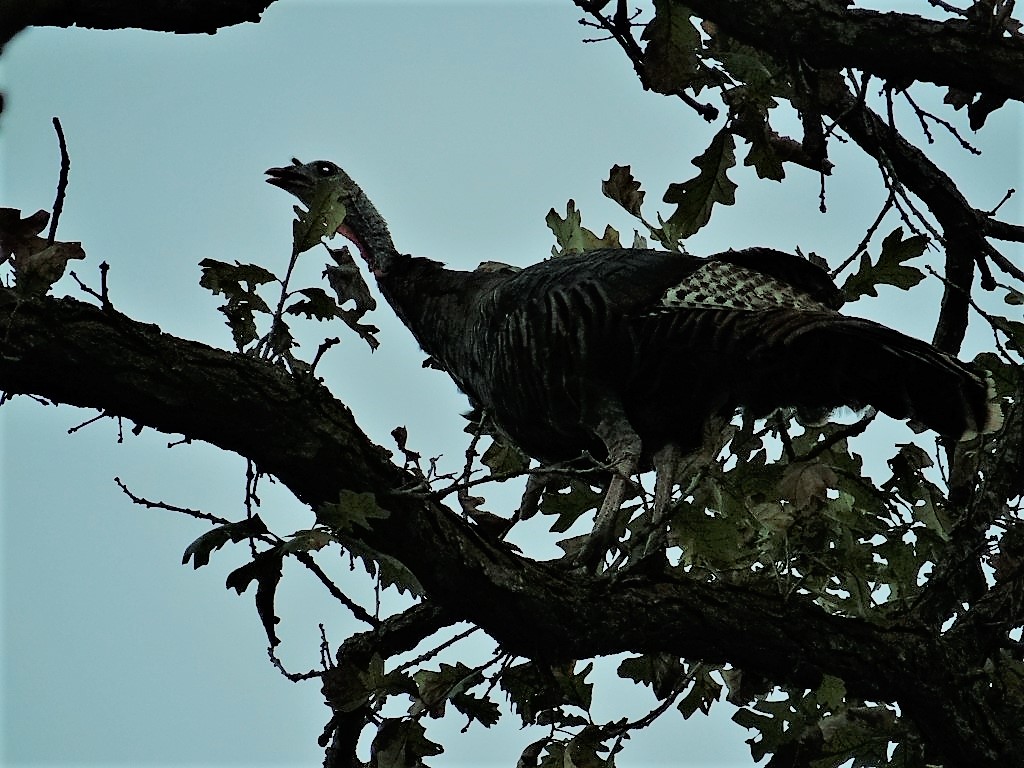
Janice Spicha, devoted bowhunter/turkey hunter and active conservationist: Fall turkey hunters should scout ahead of time as much as possible. Scouting is the key to finding turkeys in the fall. Food is all they have on their minds so locating their daily food source such as leftover grain crops, field bugs, acorns, pine seeds, grapes or berries is key. To also find flocks of turkeys look for evidence — tracks, scratching, feathers, dusting areas and droppings. If you see lots of feathers and droppings in one place, you may have found a roost tree. In the fall turkeys spend more time in the woods and on the edges of wooded areas unless it’s raining, then they are typically out in open fields. Finding a seasoned turkey hunter who will mentor you is a real bonus in the fall. Like anything else with hunting, acquiring knowledge of your subject matter is so important. Join a local archery club or state organization like the Nebraska Bowhunters Association and national organization like the National Wild Turkey Federation. You will learn a lot as well as meet many like-minded, experienced hunters who are eager and willing to share information about turkey hunting.
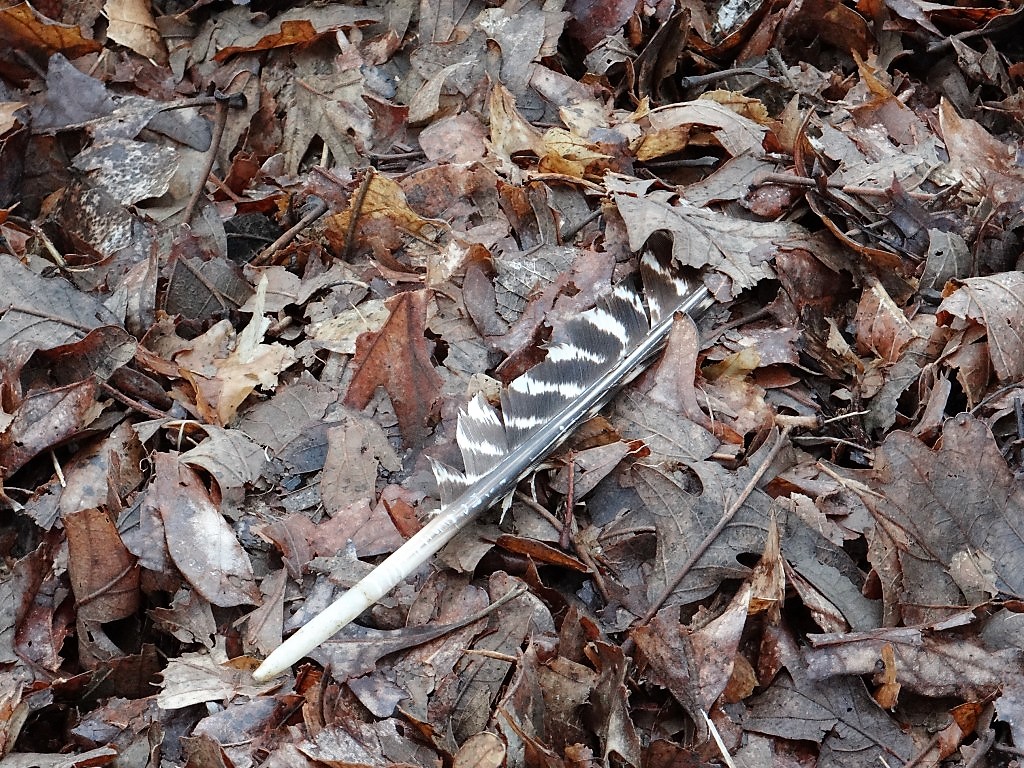
Dick Mauch, renowned turkey hunter, archery industry pioneer, National Archery Hall of Fame Inductee and Nebraska Sandhills landowner: Fall turkey hunters need to learn how to do the kee-kee call. The kee-kee is primarily used in situations of distress by young birds when their lost or scattered and are seeking to reassemble. So, what you do is scatter a mixed flock of adult hens and their young, and then call them back together with kee-kees. The kee-kee is a three-note, high-pitched whistle that lasts about two seconds long. It sounds like boy, boy, boy or hurry, hurry, hurry. I recall turkey hunting legend, Ben Lee, taking a cheap plastic referee whistle, removing the ball from it and saying the words pee, pee, pee into it beautifully imitating the kee-kee call of young fall turkeys.
Rich Wiese, custom slate turkey call maker and seasoned turkey hunter: My top fall wild turkey hunting tips are to spend time scouting and know what the birds do on a daily basis. Once the pattern of turkeys is determined, you can always try to bust up the flock and call them back together. If you choose do that, sit down close to where the flock initially was, wait a little while and then use a kee-kee call to lure individual birds back to reform their flock.
Greg Medlin, multi-state turkey hunter, savvy woodsman and highly-acclaimed outdoor writer: In Nebraska’s long fall/winter turkey hunting season, I hunt in January when the flocks are the biggest and the birds are the hungriest. Don’t overlook the month of January for some great turkey hunting in the Cornhusker State!
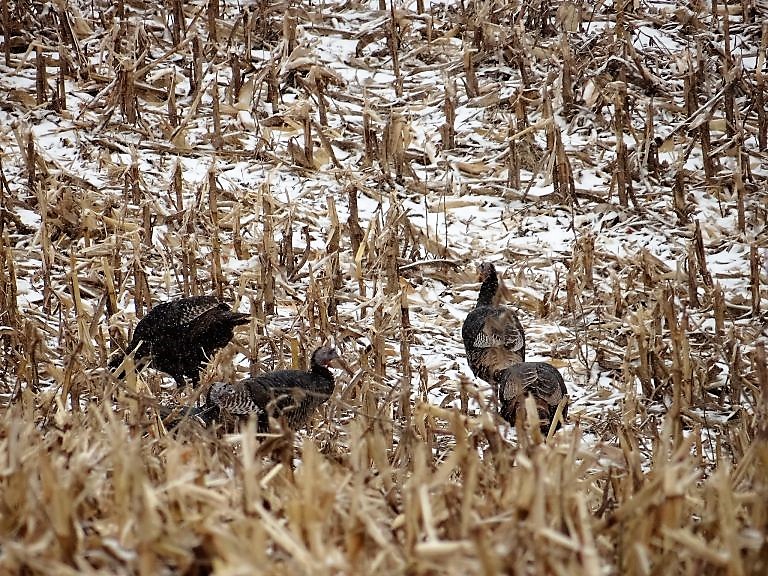
The post Fall Wild Turkey Hunting 101: Tips For Beginners From The Experts appeared first on NEBRASKALand Magazine.

